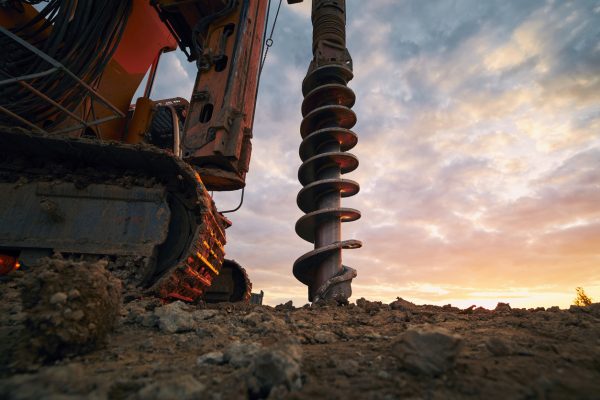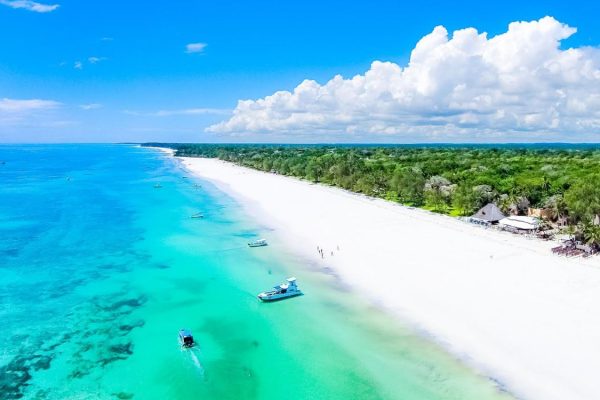
A Comprehensive Guide to the Borehole Drilling Process
Borehole drilling Process is a crucial process that unlocks access to underground water sources, providing a sustainable solution for various applications such as agriculture, residential use, and industrial needs. In this guide, we will delve into the intricate steps of the borehole drilling process, shedding light on the techniques and equipment involved in bringing this valuable resource to the surface. <h3> 1. Preliminary Site Assessment </h3> The first step in the borehole drilling process is a thorough site assessment. Geologists and hydrogeologists analyze the geological and hydrological conditions of the location to determine the most suitable drilling methods. Factors such as rock formations, soil composition, and water table depth play a pivotal role in guiding the drilling strategy. 2. Mobilization and Setup Once the site is assessed and deemed feasible, the drilling crew mobilizes to the location with the necessary equipment. The drilling rig, a specialized machine designed for boring into the ground, is set up at the predetermined spot. Safety measures are implemented, and the area is secured to ensure a smooth and secure drilling operation. 3. Drilling Commences The drilling process begins with the rig penetrating the ground. There are various drilling methods employed, including rotary drilling, cable tool drilling, and auger drilling, depending on the geological conditions encountered. As the borehole progresses, drill cuttings are brought to the surface for examination, helping geologists gain insights into the underground formations. 4. Casing Installation To prevent the borehole from collapsing and to maintain its structural integrity, casing pipes are inserted into the drilled hole. These pipes are typically made of materials such as PVC, steel, or concrete. The casing also serves to protect the water quality by preventing contamination from surface water. 5. Development and Flushing Once the borehole reaches the desired depth, it undergoes a development phase. This involves flushing out the drilling mud, debris, and fine particles from the borehole to enhance water flow. Water may be circulated through the borehole to clean the well screen and surrounding aquifer, ensuring optimal water yield and quality. 6. Installation of Screen and Gravel Pack A screen is installed in the borehole to filter out sediment and prevent sand from entering the well. A gravel pack, a layer of coarse gravel or sand, may be added around the screen to provide additional filtration and stabilize the borehole. This step is crucial for maintaining long-term well efficiency. 7. Pump Installation With the borehole fully developed and prepared, a submersible pump is installed to extract water from the underground aquifer. The pump is carefully lowered into the well, connected to the piping system, and secured in place. The selection of an appropriate pump depends on factors such as the depth of the borehole and the anticipated water demand. 8. Testing and Quality Assurance Before the borehole is put into regular use, it undergoes rigorous testing to assess its yield, water quality, and overall performance. Additionally, pump tests may be conducted to determine the sustainable pumping rate, ensuring that the borehole meets the anticipated water supply needs. Conclusion Borehole drilling is a complex and meticulous process that demands expertise, precision, and adherence to safety standards. From the initial site assessment to the installation of pumping equipment, each step plays a crucial role in ensuring the reliability and sustainability of the water supply. Lastly, understanding the borehole drilling process is essential for stakeholders involved in water resource management, emphasizing the importance of responsible drilling practices to harness this invaluable underground resource. Contact TrendBlend Hub Website: – Click HereWhatsApp | Call: +254 743 149 267 | + 254 738 352 258Email Address: info@trendblend.co.ke | sales@trendblend.co.keFollow our IG: @TrendBlendHubKe





